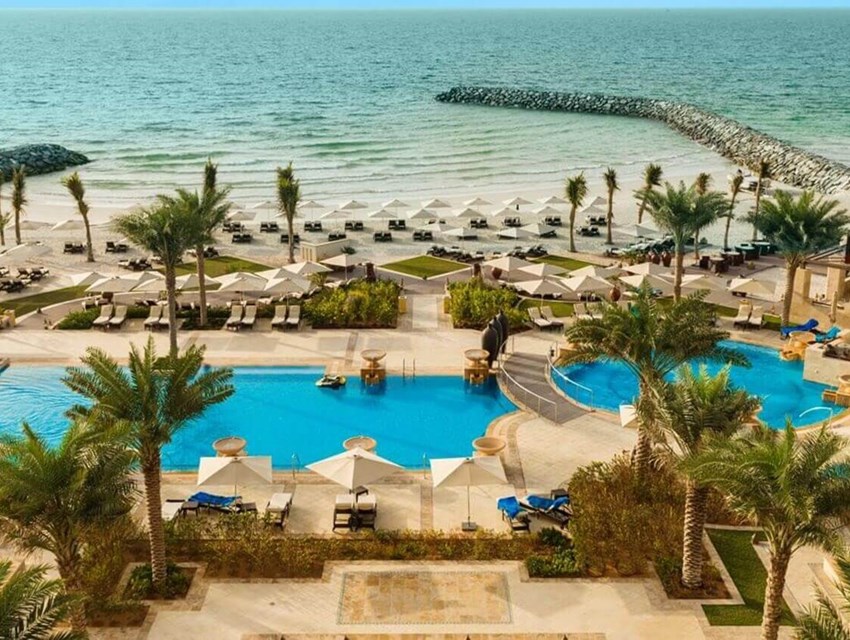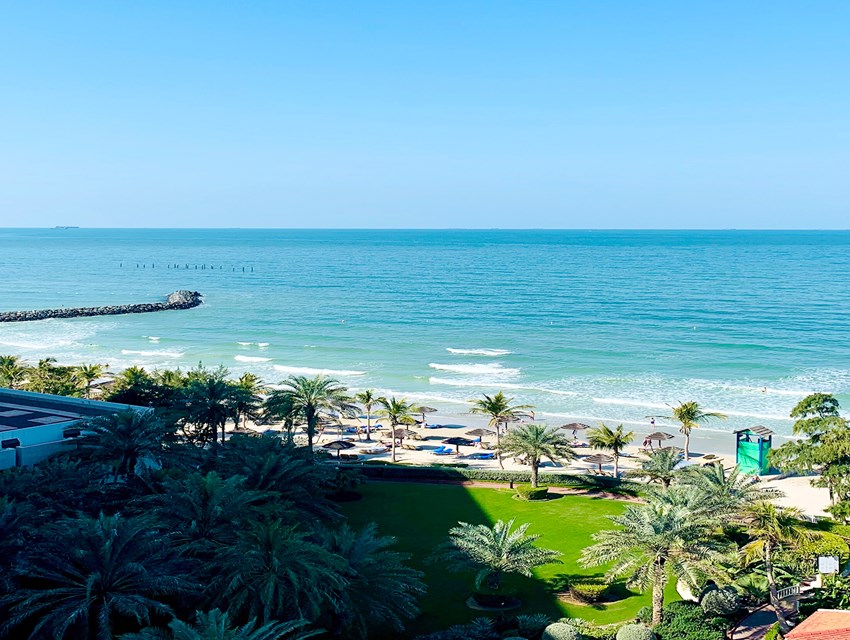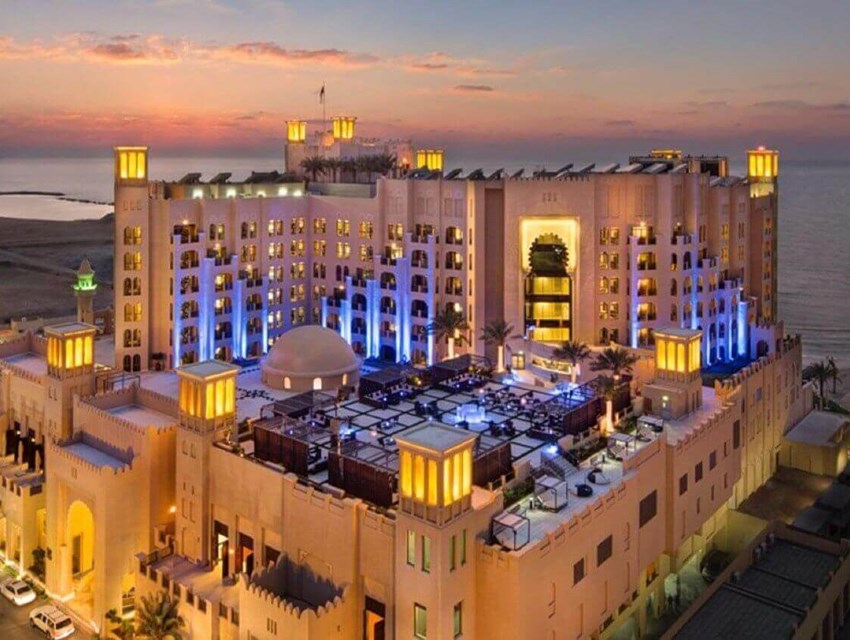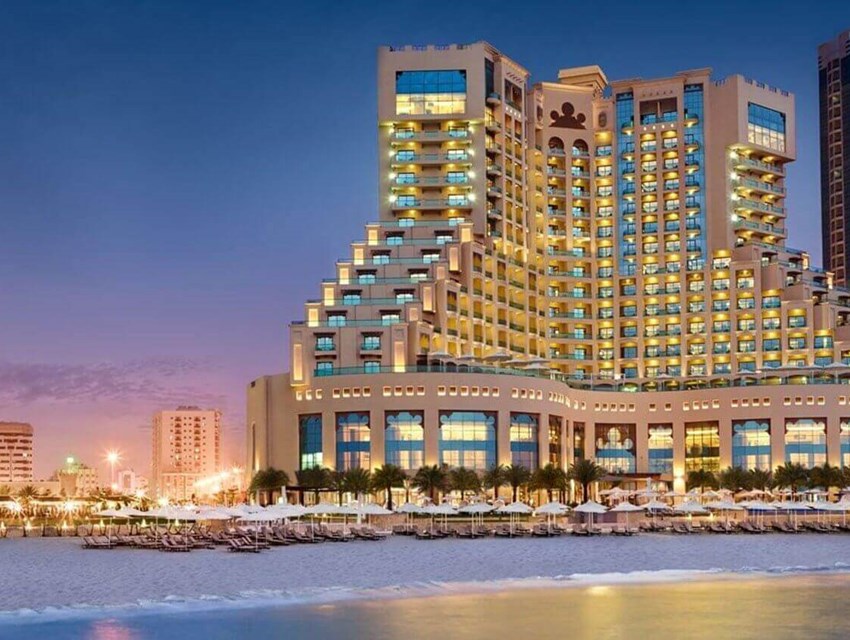From sandy beaches and desert dunes to mangrove forests and craggy mountains, Ajman has a diverse landscape that supports a surprising amount of flora and fauna.
With a rich diversity of marine and bird life, nature lovers will delight in Ajman’s beautiful stretch of coastline and the sprawling mangrove forest of Al Zorah Nature Reserve to the north of the city. The emirate also has two inland enclaves – Al Manama, east of Ajman, and Masfout, located in the south of the UAE near Hatta – in the shadow on the Hajar Mountains.
Declared a nature reserve in 2004, Al Zorah’s pink flamingos steal the show, but birdwatchers can also spot nearly 60 species in the mangroves and lagoons. Meanwhile, the small Al Naseem Nature Reserve in the plains of Manama is being developed to allow visitors to appreciate the resilient flora and fauna of the interior.
And while the jagged peaks of the Hajar Mountains, formed by tectonic uplift some 65 million years ago, may appear quite barren, hidden wadis and the high mountain plateaus can support relatively lush vegetation. Keen-eyed hikers may spot reptiles and bird species like the desert lark, while conservation programs aim to protect endangered species such as Arabian leopard and Arabian tahr.
Desert Wildlife Facts
To many people, the mountains and deserts may seem devoid of animal life, but appearances can be deceptive. Many mammals have adapted to the hot, dry climate by leading a nocturnal life and are therefore seldom seen. Herbivores commonly go out at dawn and dusk, to graze on the sparse vegetation. Many animals cope with the lack of available water by recycling fluids, or make do with the dew on plants or the body fluids of prey.
Featured Hotels & Hotel Apartments
Our pre-picked best in-category hotels to make your stay as enjoyable as possible.










